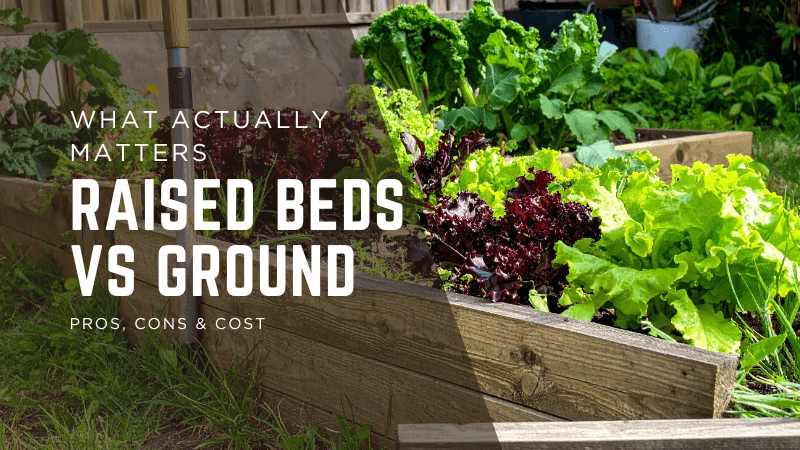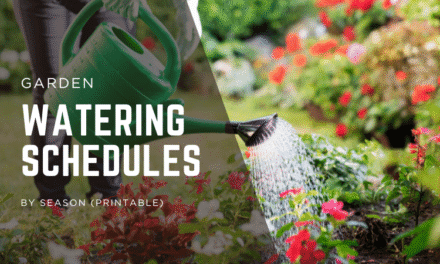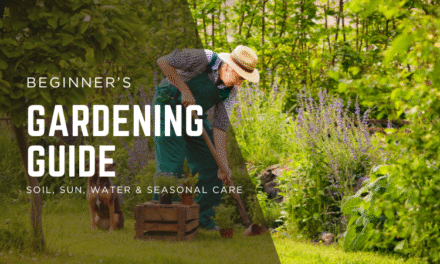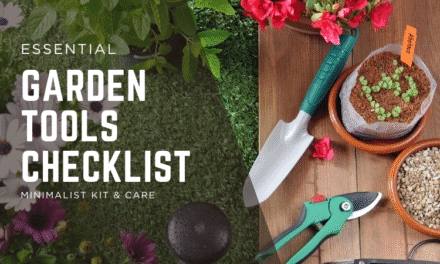Trying to choose between raised beds vs ground? You’re not alone. Both approaches can produce excellent yields, so the smarter question is which option fits your soil, budget, time and body best. This guide cuts past hype and gives a pragmatic, field‑tested comparison you can act on today. You’ll learn where raised frames truly shine, when in‑ground beds outperform them, what the real costs look like, and how to build, water and maintain each system with less stress.
Who Should Choose Which (Quick Answer)
Choose raised beds if your native soil is compacted, contaminated, paved over, or you need ergonomic height and a tidy footprint. Choose in‑ground beds if your soil drains reasonably and you’re comfortable improving it with compost over time. There’s no gardening purity contest here—blend both if your site calls for it.
Raised Beds vs Ground: What Actually Matters
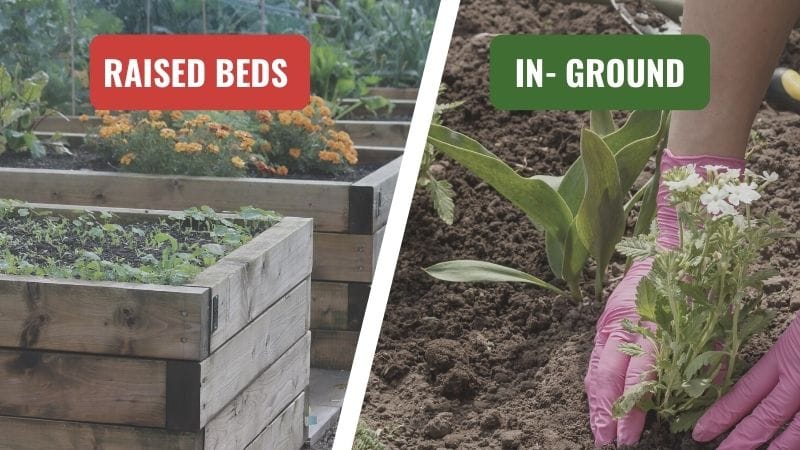
Skip the myths and judge by outcomes. These factors move the needle most in real gardens: soil quality on day one, water retention, warming speed in spring, upfront cost, accessibility, and longevity.
Soil quality on day one
Raised frames let you import a near‑ideal mix and start strong, which is a big win over compacted or poor native soil. In‑ground beds can match quality with time and compost, but you’ll wait a season or two for structure to improve.
Water retention and drainage
In‑ground clay‑loams hold moisture longer and buffer heat; raised beds tend to drain and dry faster, which is great in wet winters but demanding in hot, windy summers. Mulch and organic matter narrow the gap either way.
Warming speed in spring
Frames warm sooner, extending early plantings. This is a clear win for cool climates or shoulder seasons.
Upfront cost and effort
Lumber/metal frames, soil mix and hardware add up. In‑ground needs far less cash, especially if you sheet mulch and add compost gradually.
Ergonomics and accessibility
Standing work height reduces strain, speeds tasks and keeps paths clean. If bending or kneeling is tough, frames pay off every week.
Longevity
Timber lasts 5–10+ years depending on species and exposure; metal 10–20; stone is effectively permanent. In‑ground beds last indefinitely with good path discipline.
Comparison at a Glance
- Soil quality on day one: raised / in‑ground (improves with compost).
- Water retention: raised / in‑ground (clay‑loam shines).
- Warming speed in spring: raised / in‑ground.
- Upfront cost: raised / in‑ground.
- Accessibility/ergonomics: raised / in‑ground.
- Longevity: raised (5–15 years by material) / in‑ground (indefinite).
Raised Beds: Design & Build Tips

Aim for 25–40 cm depth for most vegetables. A width of 1.0–1.2 m lets you reach the centre from both sides without stepping in. Lengths of 2–3 m are easy to irrigate and maintain. Use rot‑resistant timber, composite or metal; avoid inappropriate treated timber where regulations advise caution for edibles. Suppress grass with cardboard at the base, then fill with a soil/compost blend (roughly 60/40 by volume) and top with 5–7 cm mulch.
Cost savers
- · Layer logs/branches at the base if a frame is extra deep (hugelkultur‑style), topped with quality soil to keep roots in the top 30 cm.
- · Buy bulk soil/compost with neighbours to split delivery fees.
- · Use corner brackets or internal braces to prevent bowing under soil weight.
Water and heat management
- Lay drip lines before the final top‑up of soil—it’s cleaner than retrofitting later.
- Mulch heavily; raised beds dry faster and need protection from sun and wind.
- During heatwaves, add shade cloth on simple hoops to reduce leaf stress.
In‑Ground Beds: How to Win Without Frames
In‑ground beds excel when you preserve soil structure and avoid compaction. Double digging is optional; often you just need to loosen the top 20–25 cm and add compost. Define permanent paths and never step in the beds. Keep the surface covered with mulch to protect aggregates, and irrigate slowly to reduce runoff on clay soils.
First‑year improvement plan
- Top‑dress 2–3 cm compost in spring and autumn.
- Mulch 5–7 cm after planting; keep stems clear.
- Grow a winter cover crop; chop‑and‑drop before flowering to return biomass.
Real Costs, Water Use & ROI
Frames concentrate upfront spend (lumber/metal, screws, soil mix, irrigation). The return is immediate control over soil texture and height. In‑ground beds spread cost across seasons: compost, mulch and occasional tools.
- Materials and lifespan: timber is comfortable to work with but decays; metal warms fast in spring and can last 10–20 years; stone is permanent but costly. If budgets are tight, build fewer, better frames rather than many flimsy ones.
- Water economics: raised mixes often need shorter but more frequent drip runs; in clay‑loams you can stretch emitter spacing but increase runtime to reach depth.
Soil Blends for Raised Beds (Practical Mixes)
A proven starting blend is ~60% quality topsoil, 30% mature compost and 10% coarse material like fine bark or perlite for structure. Avoid fresh wood fines that rob nitrogen. Do a quick squeeze test: moisten a handful—aim for a crumbly, not muddy, texture that breaks with a gentle poke.
Case Studies
Small courtyard (raised win)
A 3×4 m paved courtyard with one sunny corner benefits from two 1×1.2 m raised beds. They contain soil neatly, lift growing height, and allow drip irrigation with a simple timer. Yield focus: herbs, cherry tomatoes, and lettuce successions.
Suburban backyard with clay‑loam (in‑ground win)
A 5×6 m lawn converted to three 1.2×3 m in‑ground beds with fixed paths. Clay‑loam holds water well once mulched; compost additions gradually improve tilth. Yield focus: beans, zucchini, leafy greens, and tomatoes with deep staking.
Mistakes to Avoid
- Overfilling frames with pure compost—plants prefer a mineral/organic blend.
- Building beds wider than 1.2 m so you have to step in (compaction ruins structure).
- Ignoring path design—compaction destroys structure faster than poor fertiliser choices.
- Under‑mulching raised frames in summer—expect fast drying without cover.
A Simple Decision Framework
Use this quick framework to decide in an afternoon.
- If native soil is compacted, contaminated or paved → start with frames in the sunniest area.
- If soil is workable and drains reasonably → start in‑ground with compost + mulch, then add a single frame near the kitchen for salad greens.
- If bending/kneeling is hard or you prefer ultra‑tidy beds → frames pay off weekly in ergonomics.
- If budget is tight but you have time → in‑ground first; add frames later for specialty crops.
Watering & Seasons (Raised vs In‑Ground)
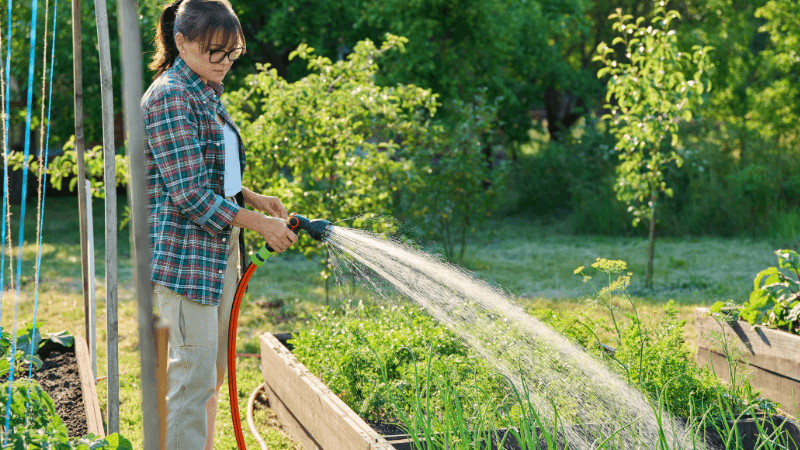
Raised frames often need more frequent checks in summer. Run drip in shorter, split cycles (e.g., 2 × 12 minutes) to reduce runoff and improve infiltration. In‑ground clay‑loams handle longer runs (e.g., 25–35 minutes) fewer times a week, provided you verify 15–20 cm depth after watering. Mulch 5–7 cm on both systems to stabilise moisture and temperature.
Research‑Backed Practices
Peer‑reviewed horticulture and soil science consistently emphasise the same fundamentals: maintain surface cover, increase organic matter gradually, water deeply rather than frequently, and avoid disturbing wet soils. For home gardeners that translates into mulch, compost, drip irrigation where possible, and patient observation. These principles don’t look flashy on social media, but they compound over seasons and create resilient, forgiving beds.
Local Sourcing & Sustainability
Sourcing amendments locally reduces cost and supports soil biology adapted to your climate. Blended green‑waste compost from municipal programs, well‑aged manures, and street leaves can outperform boutique products when applied with care. Aim to close loops: compost kitchen scraps, retain autumn leaves as mulch, and return soft trimmings to beds after chop‑and‑drop.
Record‑Keeping & Continuous Improvement
A pocket notebook or phone log is a superpower. Log bed type (frame vs soil), materials, mix ratios, first harvest dates, irrigation runtime, and weather extremes. At season’s end, review what worked and what felt like a chore. Adjust layout, emitter spacing and crop mix next season. Small changes guided by notes lead to stress‑free abundance.
Accessibility & Ergonomics
Design your garden to be easy to use on your most tired day: wide paths, reachable bed widths, chest‑height storage for tools, and valves near the tap. Good ergonomics reduce skipped chores and plant stress. If dragging a hose across a corner is annoying, solve it with a $10 fitting, a compact hose reel or a path reroute.
FAQs
Is there a yield difference in raised beds vs ground?
Not inherently. Yields track with sunlight, soil structure, water, and variety choice. Raised frames often start strong because you import better soil; in‑ground catches up with compost and mulch.
Do raised frames waste water?
They can dry faster, so mulch and split cycles help. Use drip or micro‑spray under mulch rather than overhead watering to reduce evaporation.
What about pests like slugs or rodents?
Frames don’t eliminate pests, but they make barriers and traps easier to place. For in‑ground beds, maintain clean edges and mulch; use collars for seedlings if cutworms are an issue.
Is treated timber safe?
Follow local guidance. Modern treatments are safer than old formulas, but many gardeners prefer naturally durable timber or metal for edibles. Line interior faces with plastic barriers if you want extra peace of mind.

